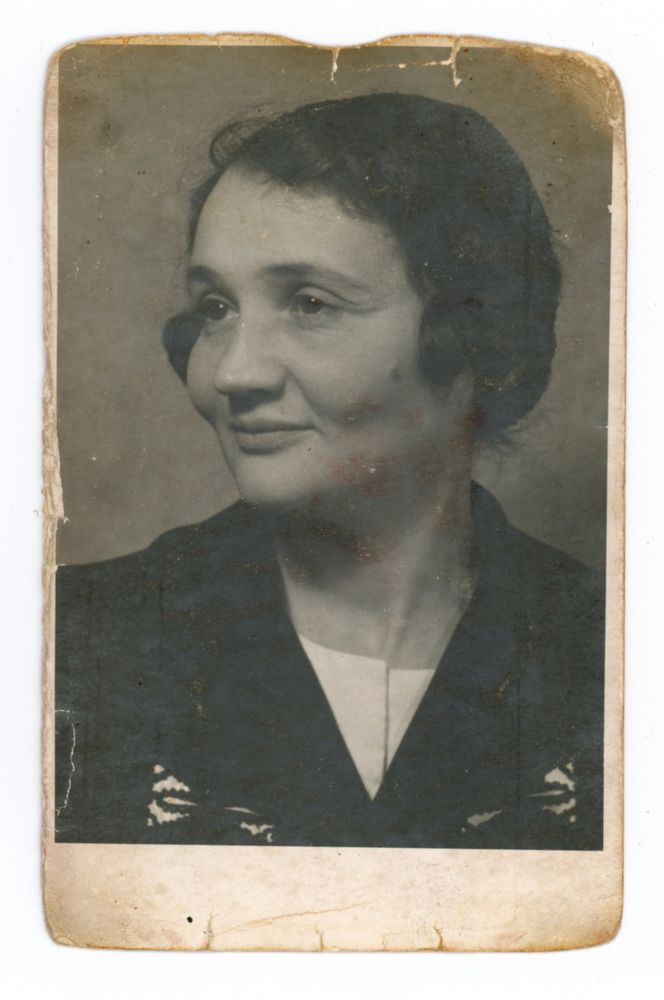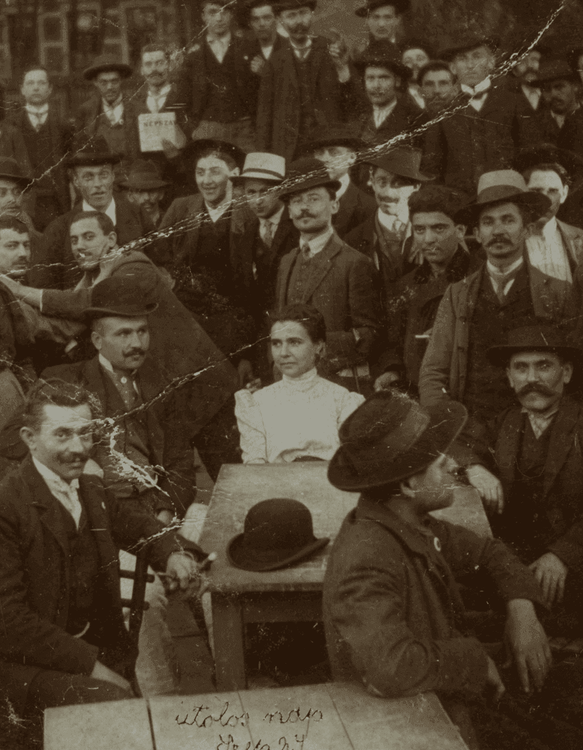Magda Aranyossi
Magda Aranyossi (1896–1977), born Ida Magdolna Neumayer, was a remarkable figure in twentieth-century Hungarian political and intellectual life. She grew up in a well-to-do bourgeois Jewish family that Hungarianized its name to Nádas in 1911, a change that reflected the assimilationist tendencies of the era. From an early age she gravitated towards socialism and the women’s movement, becoming part of the first generation of Hungarian women who sought to combine labour activism with the demand for gender equality.
Aranyossi was both a witness to and participant in the 1919 Hungarian Republic of Councils, the short-lived revolutionary experiment inspired by the Russian Revolution. Her political formation was shaped by these events and her long-running commitment to the left-leaning women’s movement that was taking shape across Europe. During these tumultuous revolutionary years, Hungarian working women poured into the streets, striking, organizing, and confronting the authorities. Aranyossi later recalled how women refused to break under police pressure in strikes such as the one at the Rope Factory in Szeged, when 129 women continued their strike in prison while their male comrades gave up and returned to work. She described how “mothers and working women of Hungary” united to topple what they saw as a rotten and oppressive order.

Magda Aranyossi, 1930s (Source: Personal archive of Péter Nádas)
In the interwar decades, Aranyossi became a committed internationalist. She was active in Paris during the 1930s, where she helped to organize the Women’s World Committee Against War and Fascism. Using the pseudonym “Hélène”, she worked within its secretariat and co-edited its journal, Femmes (dans l’action mondiale), striving to build bridges between women of different political camps in the face of growing authoritarianism. In her writings, she painted vivid and personal portraits of the leaders of the international women’s movement.
During World War II, she was forced to go underground in Hungary due to intensifying persecutions targeting Jews and leftists. With her husband, Pál Aranyossi, she lived in hiding, moving between safe houses as Budapest fell under Nazi occupation. She later described those months of fear and shifting refuge in her memoirs, noting with irony how one frightened man at a hideout warned her that the Soviets would “communalize” her. “If only I could see them already,” she replied to her husband, “I wouldn’t even mind if I was communalized.” When Soviet soldiers at last entered her shelter in January 1945, she saw it as the end of one ordeal and the beginning of a new chapter.
After the war, Aranyossi became one of the founders the Democratic Alliance of Hungarian Women and the first editor of its journal, Women (Asszonyok). She and her colleagues built networks of childcare institutions and launched literacy campaigns, often negotiating directly with party leaders. These efforts mirrored her conviction that the social emancipation of women could not be constructed solely by decrees; emancipation demanded institutions that could support daily life.

Magda Aranyossi and her husband Pál Aranyossi in 1956 (Source: Personal archive of Péter Nádas)
Turning into a state socialist functionary and intellectual, and duly following many a party directive, Aranyossi pivoted to research. She worked at the Institute of the Hungarian Labour Movement, later the Institute of Party History, from 1949 until her death in 1977. Though not trained formally as a historian, she was dedicated to bringing women out of the shadows of history, providing a counterpoint to party practices concerning gendered activism on more than one occasion. Aranyossi produced influential studies, including her 1963 monograph Rebellious Women: The History of the Hungarian Woman Workers’ Movement 1867–1919. Her writings ranged from sociographic sketches of rural hardship to biographies of socialist leaders. Together, they were part of her broader effort to write women into the history of the labour movement.
Aranyossi’s career illustrates the trajectory of a woman who lived through revolution, exile, resistance, and the building of state socialism. She combined scholarship and activism, placing the struggles of working women at the centre of history. Though the institutions she helped to build have faded, and the ideological framework she embraced has long since lost its hold over politics, her life remains a testimony to the persistence of those who fought for social justice, women’s rights, and international solidarity.


